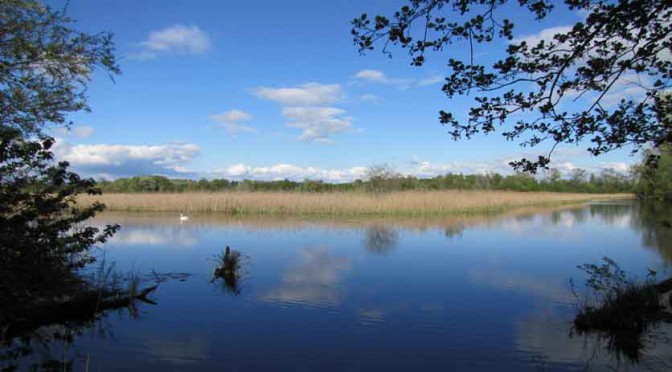The Osprey once bred throughout Europe where there was suitable aquatic habitat, but they disappeared from a large part of western, central and southern Europe. For the most part only populations in northern Europe, specifically in Fennoscandia but also some small populations in Eastern Germany and Poland, remained.
Its decline and its regional extinction occurred in several phases. The first, and most important phase, took place during the Middle Ages. At that time the species was considered to be vermin (as were all raptors) and their prominent eyries made the birds easy to find and kill. Bounties were paid to kill all birds of prey. Amazingly this practice continued in many European countries up to the 1970’s, and some raptor species continue to be persecuted despite legal protection.
Later, when the species was already becoming rare in many places, the Osprey faced additional pressure from collectors as stuffed bird and egg collections became very popular in Victorian times. Collectors were the final death knell for many Osprey populations in the 19th century, and this problem even continued into the 20th century. For example, Roy Dennis recounts how wardens had to be employed full-time to guard Osprey nests in Scotland in the 1980s, and even then these measures were not always sufficient to prevent egg theft.
The last breeding pairs in Switzerland were destroyed by this collection madness (see Stemmler’s account) about a century ago. Although Ospreys had already disappeared in Switzerland well before the invention of organochlorine pesticides, other populations suffered from pesticide poisoning during the 1950-1970 period. The birds have also suffered the impact of industrial forestry resulting in the loss of large and dominant trees that they require for building their nests.
Fortunately, the causes for Osprey decline for the most part no longer exist today. The loss of large, dominant trees can be compensated for by building artificial nesting platforms. Conditions are therefore ripe to reintroduce this species to favourable areas to help the species regain its former territory.

